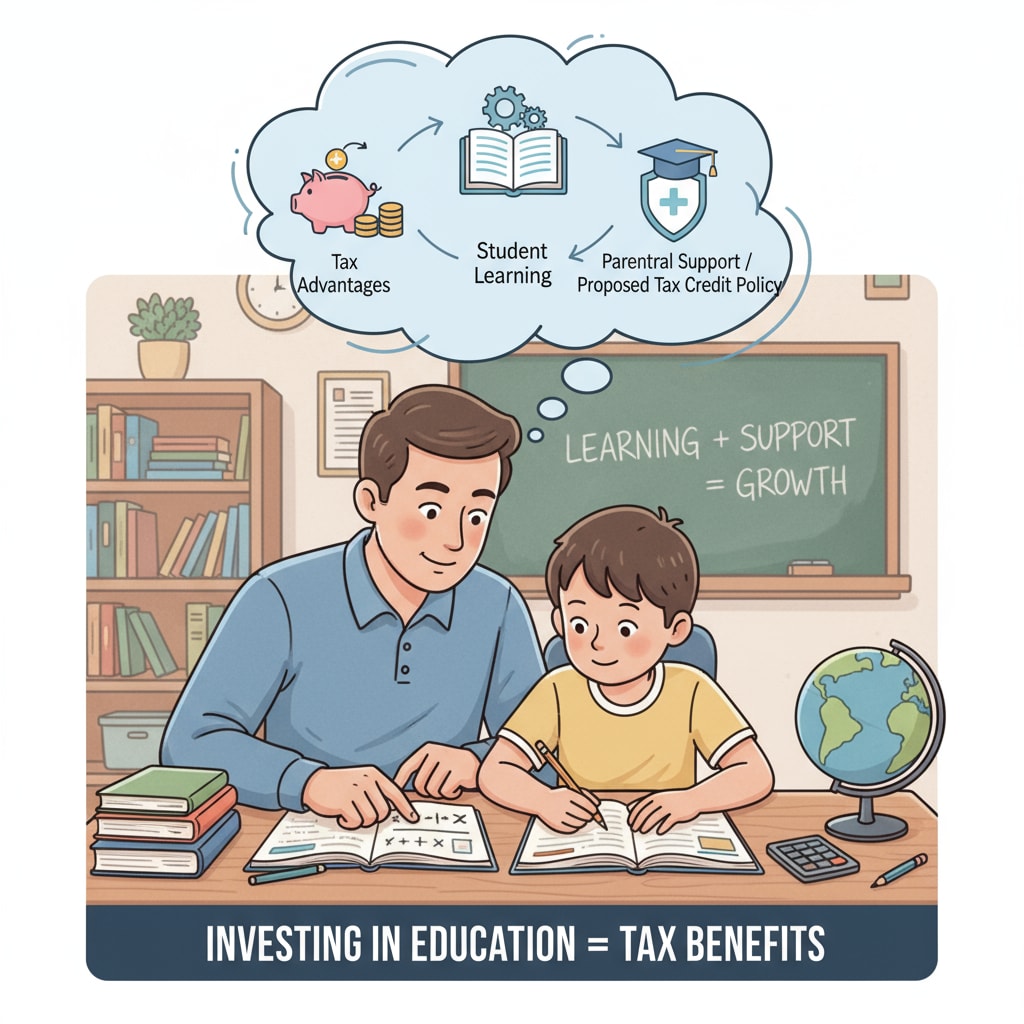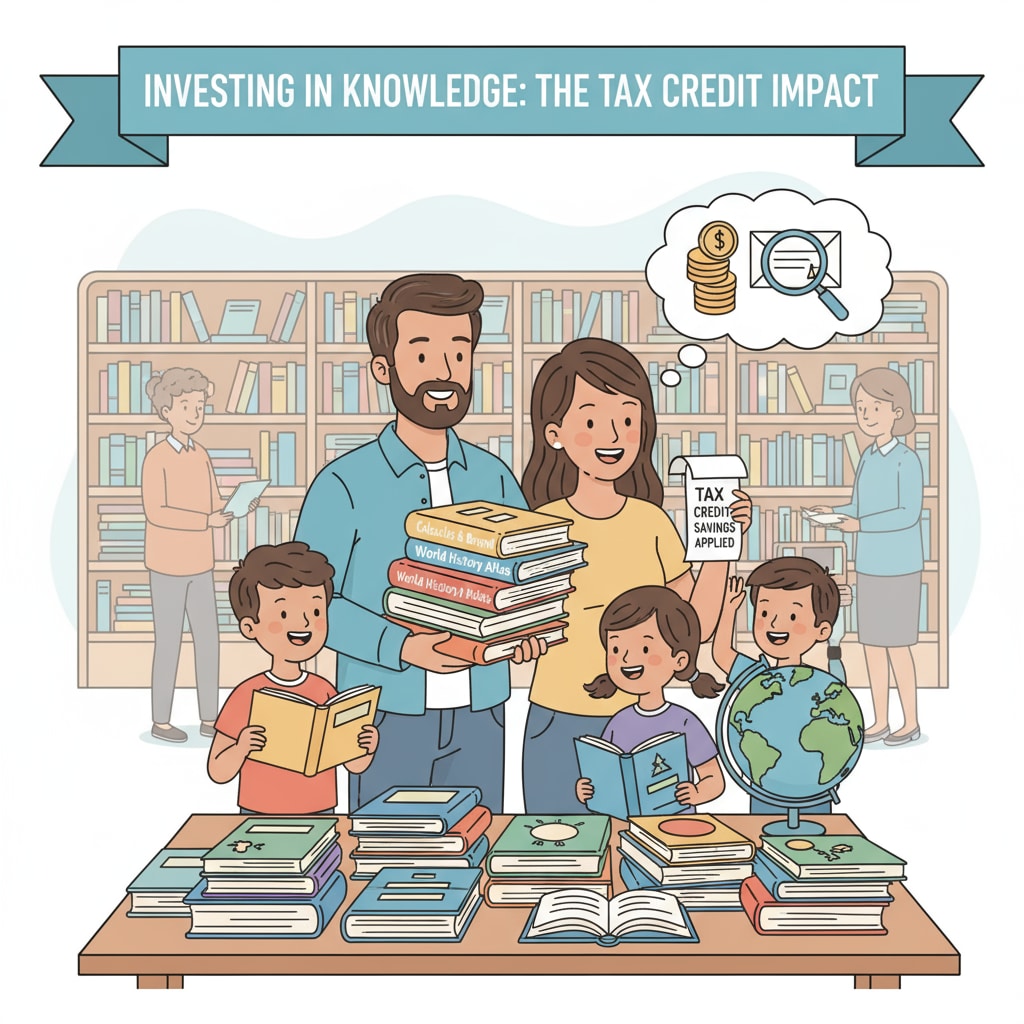The idea of connecting child tax credit with student performance and parental responsibility has sparked a lively debate. This policy proposal aims to influence parental engagement in their children’s education and, in turn, improve student outcomes. But what exactly does it entail, and what are its potential impacts?

The Concept of Linking Child Tax Credit to Student Performance
The basic concept behind this policy is straightforward. By tying child tax credit to a child’s academic achievements, such as good grades, attendance, or progress in specific subjects, the government hopes to motivate parents to be more involved in their children’s education. For example, parents might receive a higher tax credit if their child shows significant improvement in math scores. According to Education Policy Research, this approach could potentially increase parental investment in their children’s learning.
Potential Positive Impacts
One of the main advantages is increased parental involvement. When parents stand to gain a financial benefit from their child’s academic success, they are likely to be more engaged. This could mean more time spent helping with homework, attending parent-teacher meetings, and encouraging extracurricular learning. As a result, students may see improved performance. Additionally, it can also help families with financial difficulties. The extra tax credit can be used to purchase educational resources like books or tutoring services, as stated by Family Finance Research.

Potential Risks
However, there are also potential drawbacks. This policy could create an unhealthy amount of pressure on students. The focus may shift from learning for the sake of knowledge to achieving good grades solely to earn the tax credit. Moreover, it might be unfair to students with special needs or those facing other challenges. They may struggle to meet the academic requirements despite their best efforts, and their parents would be penalized. This could widen the educational gap between different groups of students.
In conclusion, the policy of linking child tax credit to student performance and parental responsibility has both promising aspects and potential pitfalls. While it has the potential to boost parental engagement and support student learning, careful consideration must be given to ensuring fairness and avoiding negative impacts on students. A well-designed incentive mechanism is crucial to strike the right balance.
Readability guidance: This article uses short paragraphs and lists to summarize key points. Each H2 section provides a clear perspective on different aspects. The proportion of passive voice and long sentences is controlled, and transition words are used throughout to enhance the flow of the article.


